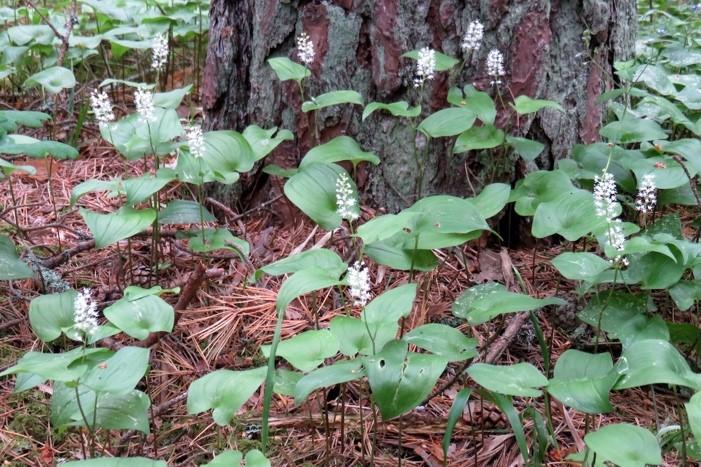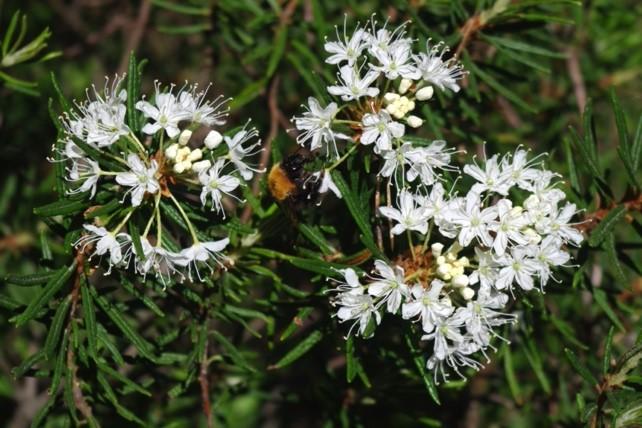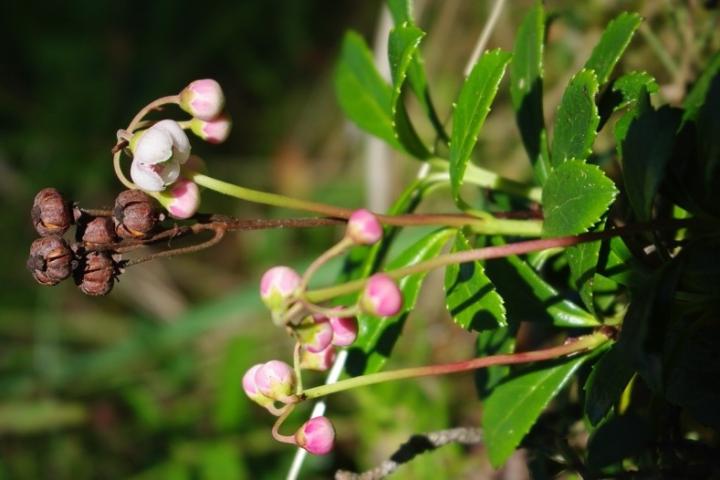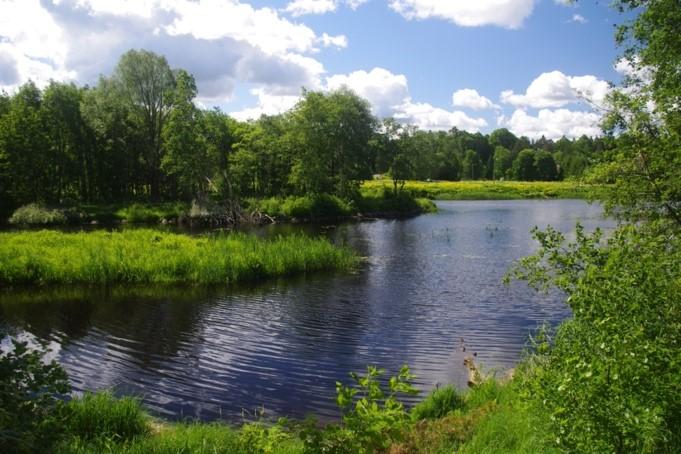Blog - Plant Hunting in Estonia (Pt1)
Follow Dr Richard Milne and his team of plant scientists as they explore Estonia discovering interesting plants along their way.
Author: Dr Richard Milne, Edited by: Tea Reinert

During June of 2022, a motley crew of ten plant enthusiasts gathered in Tallinn for a week of plant hunting in Estonia. This trip began as a planned replacement for what would have been a residential field course in 2021, but for the pandemic. Places were offered to all of the Plant Science Honours class of that year, but in the event only three were able to join the trip, the others all busy getting ready to start their working lives. Hence places were offered to keen students from other years, and so two second and two third years joined the party. Completing the team were myself, my Estonian wife Nenya, and our ten-year-old son Lawrence.
Although seldom top of anyone’s list of botanical destinations across Europe, Estonia has the major advantage of a rather low population density, meaning that large tracts of semi-natural habitat remain in which interesting plants abound. Of particular interest are the boreal pine woods, the peat bogs, and large areas of flat limestone in the west. We would visit all three.

During our first two days, I led our team around the pinewoods near Tallinn. Here, all manner of species that are uncommon to very rare in Britain may be found with ease. Entering the pinewood for the first time, from the bus stop on the main road, we quickly encountered fine specimens of Paris quadrifolia, and soon Polygonatum odoratum and large swathes of Maianthemum bifolium. Path sides offered occasional plants of Pyrola minor and its showier cousin P. rotundifolia, and scattered plants of Vaccinium uliginosum lurked under the trees. In Britain this tends to be a dwarf shrub on the damp lower slopes of mountains or in upland bogs, but here the different climate allowed it to grow a metre tall under stately pines. Its relatives the bilberry and cowberry (V. myrtillus and V. vitis-idaea) grew abundantly here but in more familiar sizes. Here and there patches of the clubmoss Lycopodium annotinum showed up, too.

Soon I had the chance to introduce everyone to a special plant, the Ledum. Now called Rhododendron tomentosum, this plant looks little like a Rhododendron with its pure white flowers forming a flat head, together with narrow leaves and spindly stems. It was known as Ledum palustre until first morphological analysis and the DNA evidence showed it to be a specialised northern offshoot of the monster genus Rhododendron. In common with many Rhododendrons, this species is full of narcotic chemicals. Indeed, together with yarrow and bog myrtle, it was one of three herbs that were used to make ‘gruit’ beer before hops took over. Some in Estonia still make homebrew with the Ledum, but it is not recommended – as one blog stonily stated: Those who wanted the drinker to become stormy, sick, vomiting, added Ledum [to their homebrew]. This is not advised, because it takes reason from your head. Some fall down and vomit. Not everyone can take this.
In fact, my Estonian in-laws testify that you don’t even have to ingest the plant to be affected, telling a tale of a neighbour who went out berry-picking in a boggy wood not far from where we were, and did not return by evening. It turned out that she had stopped for a rest amidst a mass of flowering Ledum, became overcome by the vapourised volatiles from the plants and passed out. Luckily, she was found and rescued.
Crossing the road, we moved into an area of undulating sandy ground, with tall pines and thin, diverse vegetation beneath them. Two special plants grew here but very sparsely, but luckily, I knew the exact spots for each of them. First was Linnaea borealis, the favourite plant of Linnaeus and the only one ever to have been named by a person after himself (this was soon outlawed by taxonomists; otherwise, everyone would have done it). The twinflower, as it is commonly called, creeps modestly alone the ground and sends up delicate stems with two pink flowers hanging down like streetlamps in a modern village.

Our second treasure was Chimaphila umbellata, a rare plant not present in Britain, and like Pyrola a member of the former family Pyrolaceae, now subsumed into Ericaceae as subfamily Pyroloideae. Its members share with some Ericaceae the little bell-shaped flowers, but differ in having no woody parts. Looking at C. umbellata, it is easier to see what the two families were united, for its leaves look very like those of everygreen Vaccinium species. Other Pyroloideae present in Estonia include P. chlorantha, Orthillia secunda, Moneses uniflora (all three present in this area if you can find them) and P. media. Remarkably, all seven of these have circumboreal distributions, as they occur in boreal woods in Europe, Asia, and North America. No other plant group has so many circumboreal species. This may be because these plants are supremely adapted to dark, northern woodlands, aided as they are by a special mycorrhizal association that allows them to draw carbon-based energy from the soil. This makes them less reliant on light for their energy.

Further on, we came to a ridgetop, overlooking a steep sandy slope down to the Pirita river. Here, more sunlight reached the ground and the flower community changed, with patches of Helianthemum nummularia (Rockrose), a few wild pansies (Viola tricolor) two more plants that are rare back home (Silene nutans and Hypochaeris maculata) plus two that don’t reach Britain at all, in Trifolium montanum and Pulsatilla pratensis. Descending to the riverside vegetation, we saw beautiful species like Ranunculus lingua, Butomus umbellatus and Thalictrum flavum. In the river itself, there was plenty of yellow waterlily Nuphar lutea and Hydrocharis morsus-ranae.
Further downstream is a very different marshy site, a pond that might have originated as an oxbow lake although the ground slopes steeply above the side of it we approached from. Leading the hardier souls of the party down this slope and batting away mosquitoes, I showed them Potentilla palustris and the aroid Calla palustris, a circumboreal species sadly not native to Britain, which inhabits dark swampy waters like this. Then we completed our journey to the spectacular Pirita beach, which extends over a mile from the mouth of the river, and is home to a few special plants of its own. But we were done botanising for the day, and content now to enjoy the sun, sand and views.

